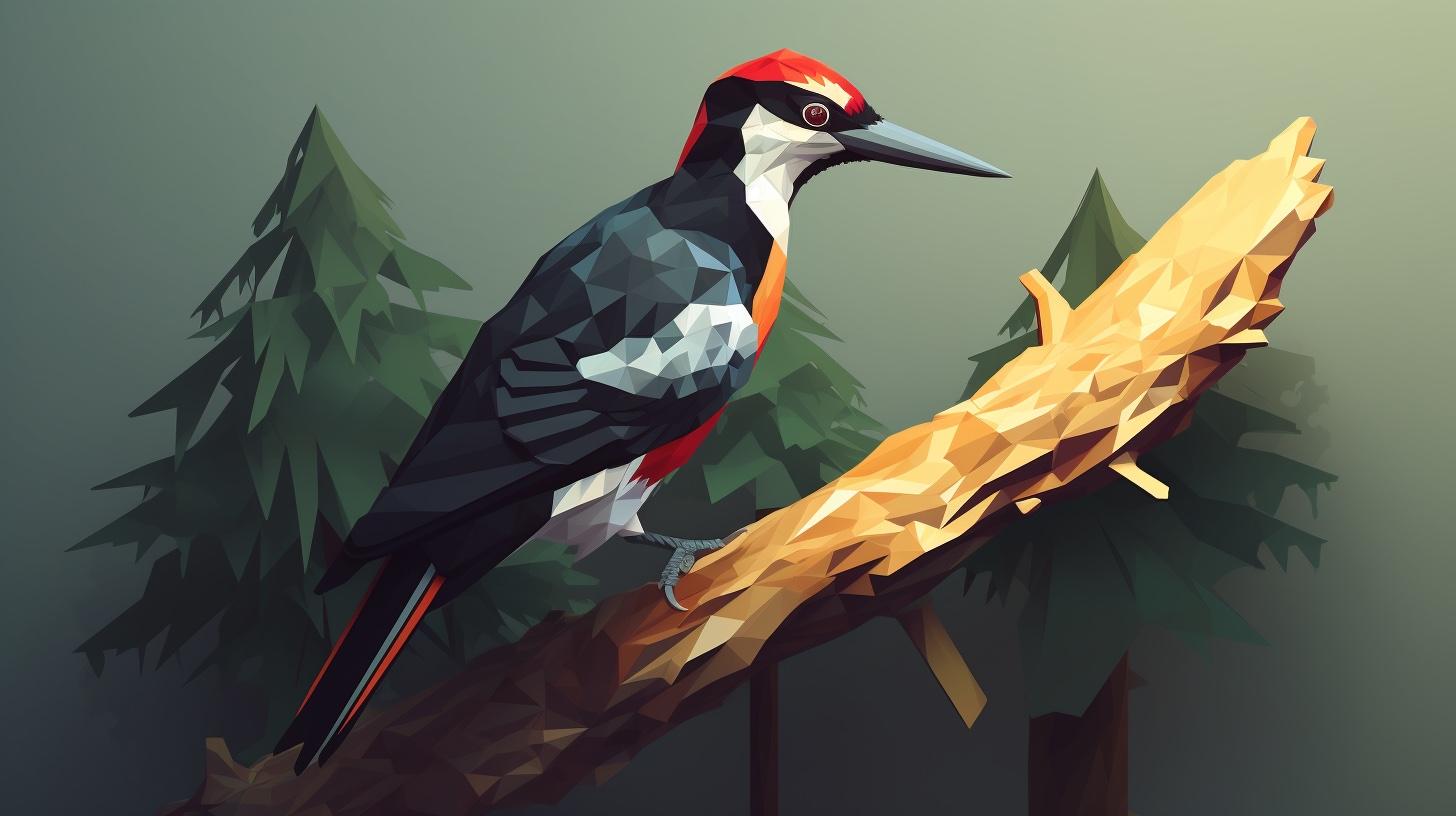Reading time: 7min
Before we jump into why impact measurement is essential, here is a quick term clarification so that everyone can follow:
Impact: The positive & negative change you create.
KPI (Key Performance Indicators): these are measurable indicators of progress toward a goal.
USP (Unique Selling Proposition): the reason why people should choose your service or product over others.
Biodiversity is hard to measure.
But “what gets measured gets improved” is a famous saying in the business world that I would like to take as a guide in this post.
One of the major reasons we are in this biodiversity crisis is that it is very tricky to measure biodiversity.
The web of life is interwoven. We still find new species. We haven’t even explored the deep seas yet. We still have no idea about the diet of some species… just to name a few obstacles.
This lack of measurement leads us to fly blind and destroy everything in our path.
Now, that being said, everything needs to be balanced. If the climate movement taught us one thing, it is not to be fixed blindly on one key performance indicator (KPI), like their efforts with carbon.
But done right, measuring your impact can massively boost your biodiversity business or NGO.
7 reasons why impact measurement is crucial for your organization
1. You create a north star
Running a biodiversity company / NGO is hectic, and you are confronted daily with different priorities. It gets very easy to get side-tracked.
Finding the right set of impact indicators can ensure that you and your peers are always working towards maximizing your positive impact on nature.
No matter how busy a week gets, for everyone in your organization, it is clear what they are working towards, and take these indicators as their north star to make the right decisions.
2. You focus on the right indicator
I am frequently shocked at how much I read on biodiversity NGO websites about the amount of money they collect. It is often the only indicator that gets communicated outside.
But that is not the right indicator of success. The right indicator of success is, for example, the species population that your NGO claims to protect. The increased income that you create for local people. And so on.
If you don’t have any indicators or the wrong ones, you will always work towards improving the wrong aspects of your venture.
This is why so many businesses or NGOs actually see a reduced impact when they grow because the focus shifts too much into marketing, operations, and co.
3. You make your organization more trustworthy
As mentioned in the intro, it is hard to find the right indicators in the field of biodiversity. So let’s communicate about it.
None of your customers or supporters will blame you for not being perfect. Start measuring what you can and inform them about aspects you can’t measure yet.
Taking them on the journey with you will increase their trust in you and strengthen their relationship with your effort.
🦌 Looking for the best tools and resources to make your organization thrive?
Download our free Biodiversity Hero OS and discover the best support materials available!
4. You don’t just provide a story but also hard facts
By now, you probably know my love for storytelling. While I think it is a powerful tool to convince people of your efforts, it can only take you so far.
Stories get even more powerful when hard facts back them up. They work as a 2 punch system. First, you hit them with a compelling story and then let some incredible facts follow.
Like this, you trigger not only emotionally driven people but also those who are more numbers-driven.
P.S. Hopefully, it goes without saying. Please don’t punch your customers or potential investors.
5. You differentiate yourself from the bad apples
Talking about negative behavior. Technology makes it possible to create a website and social media presence within a day.
Obviously, some people didn’t take long to use this technological advancement to rip off people.
By now, there are plenty of organizations that only exist online and use data as well as credit card information for their benefit.
While it’s not the magic fix, it definitely creates another barrier for those players. So you are automatically trusted more than them.
6. You boost your unique selling proposition
Measuring and communicating your impact differentiates you from the bad apples and your competitors.
With Wild Business Mates, I dedicate 10% of my revenue towards nature protection and restoration. It took me months to find the right partner who actually started their impact measurement journey. I am very happy that I found Wilderlands now.
This little example shows how easy it is for your wildlife NGO or business to get positive attention and more supporters simply by starting this impact measurement journey.
7. You make it easier to get financial support
Support is the aspect I want to finish with. In order to create a positive nature impact on the ground, you need money.
And what do 99% of financial institutions or individuals have in common? They want to see a measurable outcome of what their money bought.
Now, is this fair? Nope, after all, you create this incredible positive impact already, even if you don’t measure it.
But it is the way the system currently runs. So, while you try changing the system, also try to understand how the current system works.
Clear, measurable indicators will help you massively secure funding, get a loan, receive a grant, increase your revenue stream & co.
Money that you can use to double your impact.
👉 Would you like to get personalized business tips for your nature organization?
Book a free intro to discuss your business challenges!
A fictional example of impact measurement with Rhino NGO
Here is a quick example to bring my argument home. Let’s take a fictional NGO created to ensure rhinos’ survival.
North Star: the Rhino population is the North Star indicator. Other KPIs, like rangers hired, traps removed, habitat increased, etc., are supporting indicators.
Focus: every action or project that doesn’t improve our North Star KPI or supporting KPI should be avoided. The supporting KPIs that have the most significant impact on the macro-KPI should always be prioritized.
Trust and transparency: inform donors about the historical baseline. The current state and milestones where you want to go. Be transparent about the different variables that play into this macro KPI (climate change, increase in poaching, habitat loss). Celebrate victories and report why targets were not met.
Real facts: the story to protect this iconic species is powerful, so just back it up with some numbers to prove the value of your existence.
Bad apples: be precise as possible about the efforts and your outcome. Mention the locations you are active in and the donations used for.
USP: share your indicators visible on all platforms and reports. Highlight this as a differentiator to other rhino NGOs.
Financial support: with those indicators, create easy-to-understand graphs and include them in your application material.
🐋 Do you want more kicking hacks like this to improve your organization’s strategy?
Subscribe to the Double Your Impact newsletter for weekly tips on how to make your Nature venture thrive!
Your turn: start to focus more on impact metrics with these easy steps
Five baby steps to focus more on measuring your impact on nature
- Block yourself a timeslot for next week to check your impact measurement. What about Tuesday? Usually not as busy as Mondays.
- Don’t have an impact measurement yet? Find the first set of indicators that make sense for your nature project.
- Do you have some measurements? Go over them and see if they really have North Star quality or if everyone in your team uses different KPIs to make decisions.
- Make sure you communicate those numbers transparently.
- Create a section in your communications to explain these numbers more in-depth.
Cheat sheet: key takeaways to measure your impact
In a nutshell: impact measurement is crucial to succeeding in an increasingly competitive environment.
Best tools for impact measurement: Biodiversity Monitoring Simple X DNA, Xylo, Nature Metrics.
Best practices examples: Wilderlands, Humans 4 Abundance, Tomorrow, Ecosia.
Set up time: 16 hours (rough estimate & depending on your size).
Maintaining time: 15 minutes per week.
Impact measurement is an incredibly complex process, so let’s lead the dialog with all stakeholders about the data we have and the ones we don’t have yet. So that we can all work towards a wilder planet.
See you next week. Have a wild one!
Oliver
Whenever you are ready, there are two ways we can help you:
1. 1-to-1 business consulting. Detailed and personalized consulting to double the impact of your biodiversity organization in the shortest possible time. Not sure how good your pitch deck is?
Sign up for the waiting list by writing us at oliver@wildbusinessmates.com (unfortunately, we are booked out at the moment).
2. Wild Business Mates in Action. Wild Business Mates help you execute in areas you are struggling with. Tech, Marketing, Sales, Communication, etc. We can realize all the steps I mentioned above.





